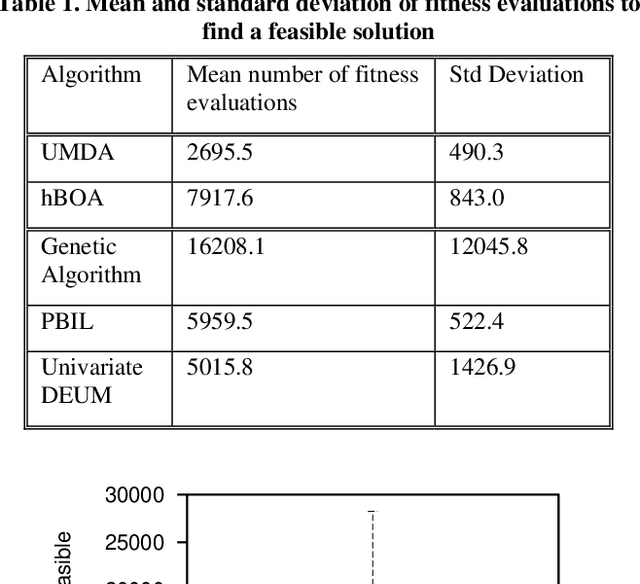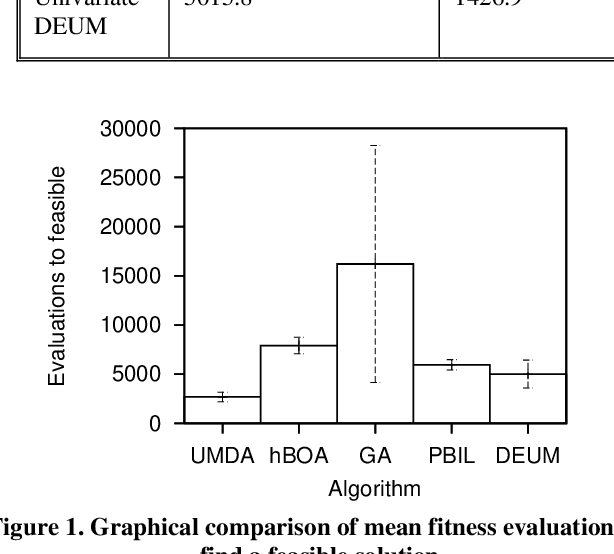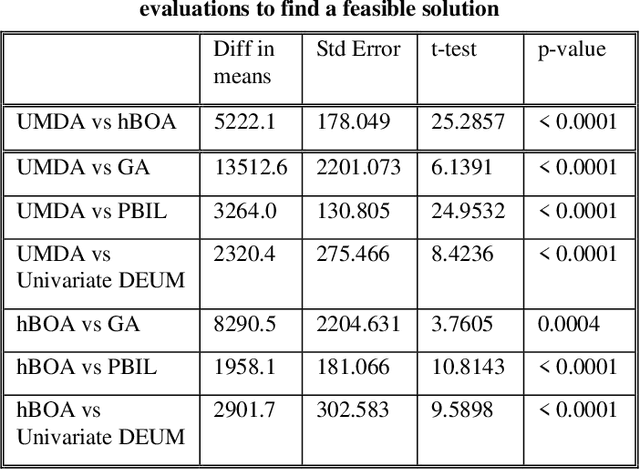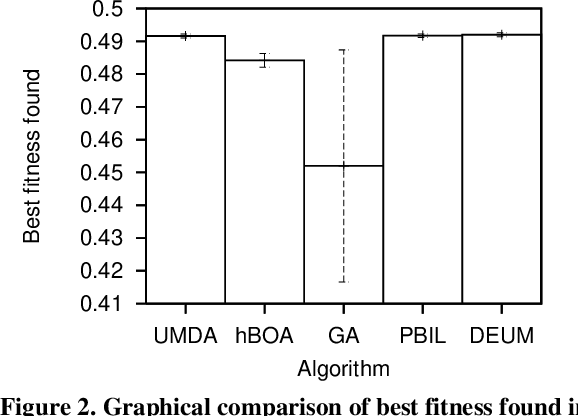Alexander Brownlee
Evolutionary Computation and Explainable AI: A Roadmap to Transparent Intelligent Systems
Jun 12, 2024



Abstract:AI methods are finding an increasing number of applications, but their often black-box nature has raised concerns about accountability and trust. The field of explainable artificial intelligence (XAI) has emerged in response to the need for human understanding of AI models. Evolutionary computation (EC), as a family of powerful optimization and learning tools, has significant potential to contribute to XAI. In this paper, we provide an introduction to XAI and review various techniques in current use for explaining machine learning (ML) models. We then focus on how EC can be used in XAI, and review some XAI approaches which incorporate EC techniques. Additionally, we discuss the application of XAI principles within EC itself, examining how these principles can shed some light on the behavior and outcomes of EC algorithms in general, on the (automatic) configuration of these algorithms, and on the underlying problem landscapes that these algorithms optimize. Finally, we discuss some open challenges in XAI and opportunities for future research in this field using EC. Our aim is to demonstrate that EC is well-suited for addressing current problems in explainability and to encourage further exploration of these methods to contribute to the development of more transparent and trustworthy ML models and EC algorithms.
An Application of a Multivariate Estimation of Distribution Algorithm to Cancer Chemotherapy
May 17, 2022



Abstract:Chemotherapy treatment for cancer is a complex optimisation problem with a large number of interacting variables and constraints. A number of different probabilistic algorithms have been applied to it with varying success. In this paper we expand on this by applying two estimation of distribution algorithms to the problem. One is UMDA, which uses a univariate probabilistic model similar to previously applied EDAs. The other is hBOA, the first EDA using a multivariate probabilistic model to be applied to the chemotherapy problem. While instinct would lead us to predict that the more sophisticated algorithm would yield better performance on a complex problem like this, we show that it is outperformed by the algorithms using the simpler univariate model. We hypothesise that this is caused by the more sophisticated algorithm being impeded by the large number of interactions in the problem which are unnecessary for its solution.
 Add to Chrome
Add to Chrome Add to Firefox
Add to Firefox Add to Edge
Add to Edge